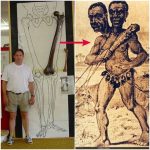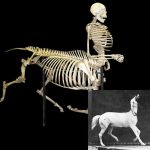The Fascinating Life of Josephene Myrtle Corbin: The Extraordinary Four-Legged Woman
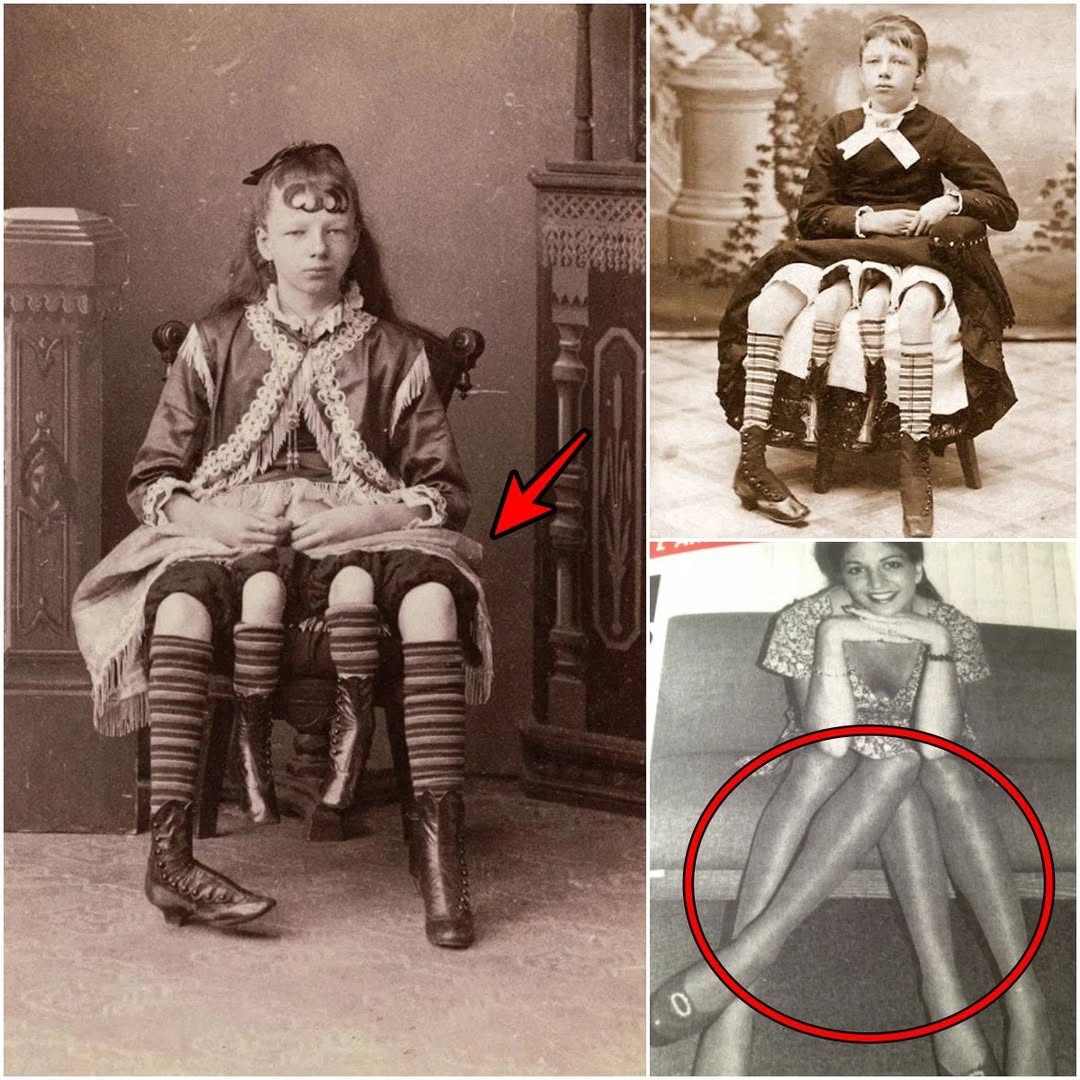
Step into one of history’s most astonishing medical mysteries—a story that blurs the line between science, anatomy, and human resilience. Born in 1868 in Tennessee, Josephene Myrtle Corbin stunned the world with a rare congenital condition: she possessed four legs and two distinct reproductive systems. Her extraordinary anatomy not only captured the fascination of the public but also raised profound questions about the human form and its possibilities.

Far from being hidden away due to her condition, Myrtle embraced her uniqueness and became a celebrated figure in 19th-century sideshows, where she was often referred to as the “Four-Legged Woman.” Audiences flocked to see her, captivated by her remarkable appearance and charm. Rather than allowing society’s perceptions to define her, she turned her condition into a platform for self-expression and empowerment, showcasing the resilience of the human spirit.
Despite the spectacle surrounding her, Myrtle led a life that defied the odds. She married at a young age, defying societal expectations, and bore several children, managing to navigate the complexities of motherhood with her unique anatomy. Her ability to live a seemingly normal life, despite her extraordinary circumstances, challenges conventional notions of what it means to be “normal.” Myrtle’s story serves as a powerful reminder that human adaptability knows no bounds.
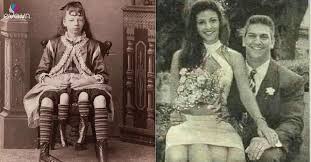
Her case continues to intrigue modern researchers, not only for its rarity but also for what it reveals about human biology and the mysteries within. Myrtle’s dual reproductive systems have prompted discussions in medical circles about the intricacies of congenital conditions, providing insights into the complexities of human development. Was she merely an oddity, or a living testament to nature’s boundless complexity?
Myrtle’s life raises essential questions about identity, acceptance, and the way society perceives those who deviate from the norm. Her journey highlights the importance of embracing differences and understanding that each individual’s existence contributes to the rich tapestry of human experience.
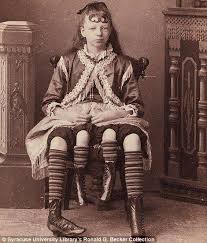
In conclusion, Josephene Myrtle Corbin’s extraordinary life is a testament to resilience and individuality. Her story transcends the boundaries of medical curiosity, inviting us to explore themes of acceptance and the human condition. As we reflect on her legacy, we are reminded that within every anomaly lies a unique narrative that has the power to challenge our understanding of life itself. Myrtle’s remarkable journey continues to inspire, encouraging us to embrace our differences and celebrate the incredible diversity of the human experience.
